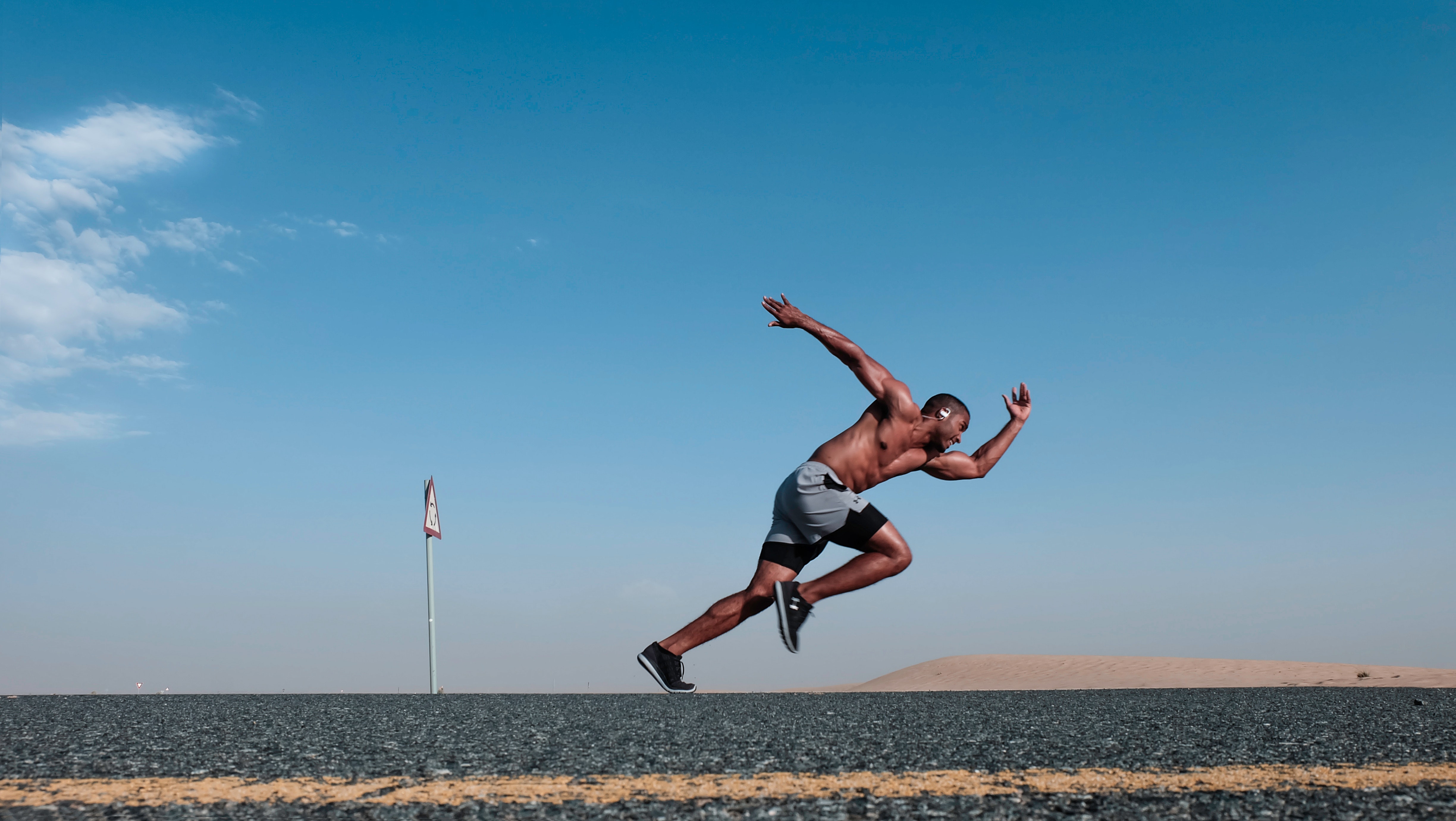On 16 September in Berlin, Eliud Kipchoge beat the world marathon record. By running the legendary 42.195 km in just 2 hours, 1 minute and 39 seconds, the champion of the Rio Olympics smashed the existing record by an incredible 1’18’’. This is not only an exceptional sporting feat, but also a technological one. For Kipchoge is a formidable champion, arguably the greatest marathon runner of all time, and to beat this record, he used the very best digital has to offer elite athletes.
Every day, millions of joggers wear wristbands with sensors that measure their heart rate. Often connected to mobile apps, these fitness trackers help them manage their efforts, personalise their exercises and measure progress. But consumer devices such as these are positively Stone Age compared to some of the state-of-the-art solutions champions are now using to boost their performance. The miniature sensors used by top-level athletes on their devices can collect millions of data per second on position, acceleration, strength, breathing patterns, etc.

Data scientists on the track
But collecting this information is just the beginning. To contextualise, interpret and get the most out of raw data, the athlete needs the services of a data scientist. Data scientists are working increasingly with athletes and coaches, helping them to analyse each training session, identify key performance factors and areas of improvement, prevent injury, and compare their performance with that of their opponents. For the most technical disciplines, video and virtual reality are also used to analyse and reproduce each movement until perfection is achieved.
For years now Eliud Kipchoge has had a team of specialists to help optimise his performance by studying the countless parameters gathered during each race and training session. By cross-referencing biomechanical and physiological data, he has thus succeeded in perfecting his gait, optimising his energy expenditure, and even programming to the second when he needs to fuel up during a race. The same data also allowed him to have custom, 3D-printed trainers made, designed specially for his feet and gait. And all these little improvements combined allowed him to slash a world record.
Golf: a paradise for connected technologies
Athletes in every discipline now use digital technologies to train with scientific rigour and precision. With the Ryder Cup currently taking place in France for the first time ever, at the Golf National in Saint-Quentin-en-Yvelines, golf is a prime example. During training, professional golfers can use a host of equipment embedded with sensors, such as smart watches, connected clubs and balls. Added to the fact that thousands of golf courses and games are meticulously digitally monitored, this produces a wealth of data which could hold the secret to their next victory. Exploiting this data via big data algorithms and artificial intelligence allows players to hone their technique, analyse their game more precisely and make sure they’re in peak physical condition. Thanks to virtual reality, they can even simulate potential situations they might find themselves in during a round. However, such technologies, in particular rangefinders which are used to calculate distances and slopes, are banned during competitions. Because in the end, the real sporting heroes are the ones that rely on their physical and mental prowess alone.
Econocom, official supplier of the Ryder Cup
Econocom is supporting the Ryder Cup, the world’s most prestigious golfing event, which, for the first time ever, is taking place in France this year. In addition to supplying the equipment critical to the Ryder Cup organisation, Econocom is also Presenting Sponsor of the live on-course Radio Service during this event which takes place at the Golf National in Saint-Quentin-en-Yvelines until 30 September 2018.















